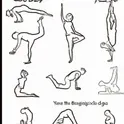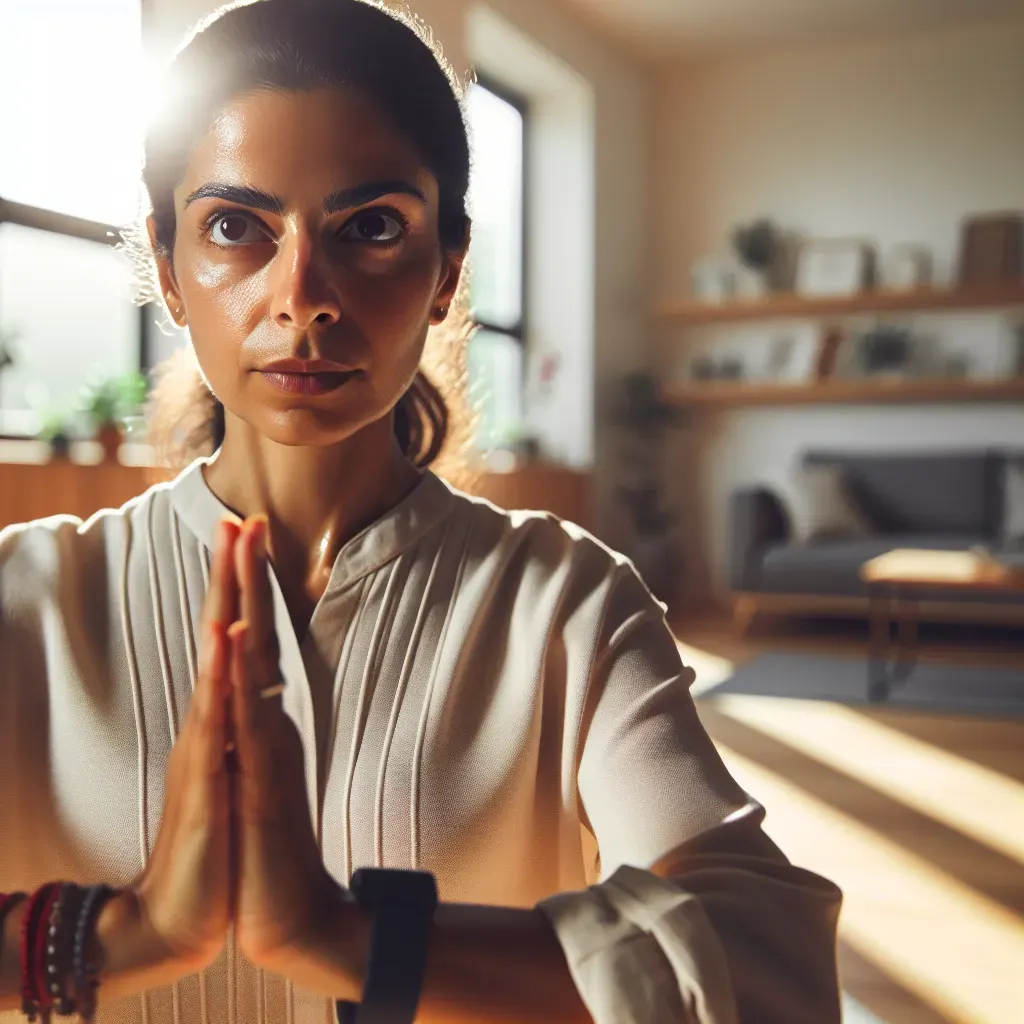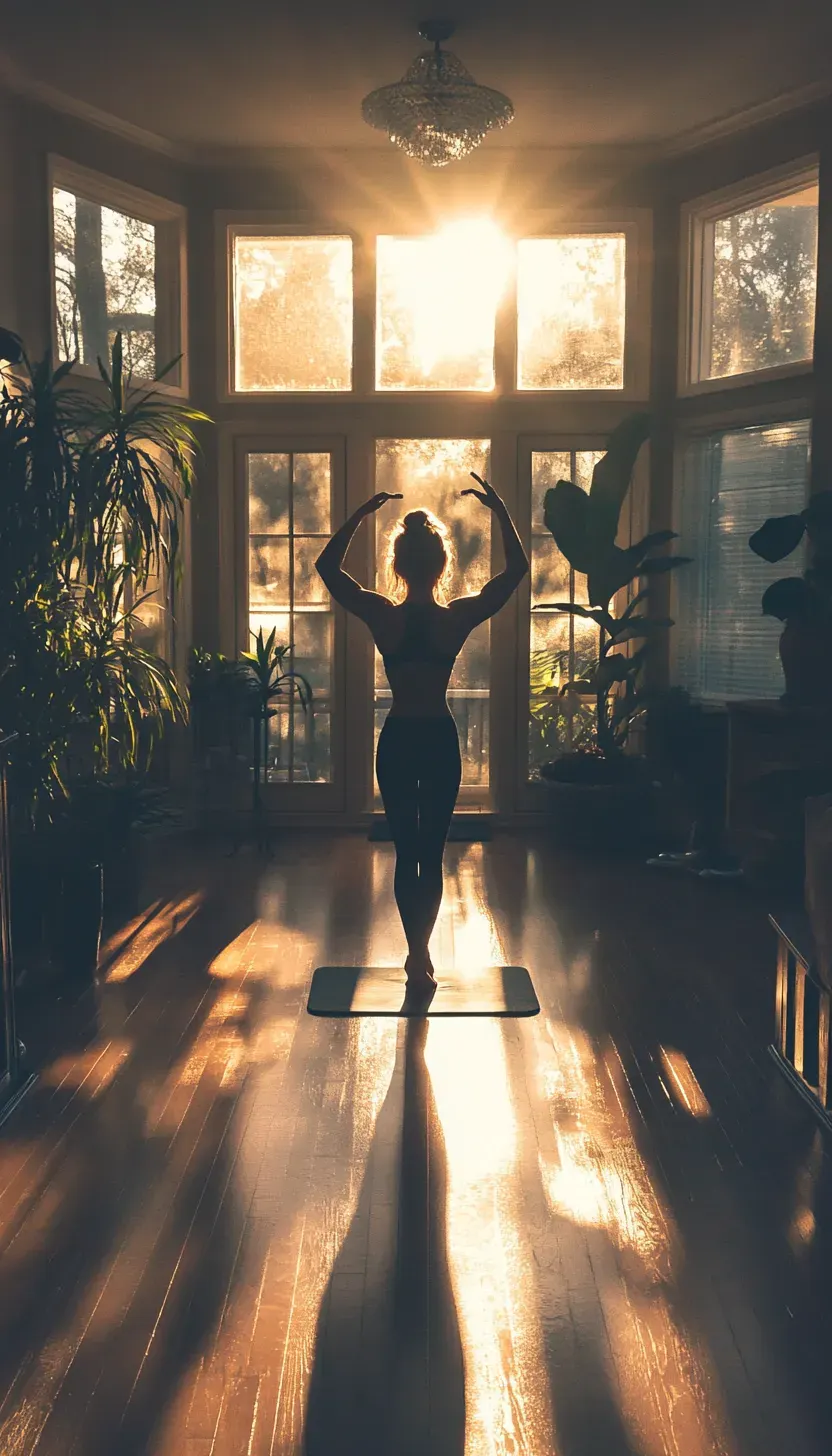What is Slow Flow Vinyasa Yoga?
Table of Contents
- Introduction to Slow Flow Vinyasa Yoga
- What Is Vinyasa Yoga?
- How Does Slow Flow Vinyasa Differ?
- Characteristics of Slow Flow Vinyasa Yoga
- Emphasis on Mindfulness
- Focus on Alignment
- Who Can Benefit from Slow Flow Vinyasa Yoga?
- Beginners
- Recovery and Chronic Pain
- Importance of Breath Awareness in Slow Flow Yoga
- Benefits of Slow Flow Vinyasa Yoga
- Mental and Emotional Well-Being
- Physical Advantages
- Tips for Starting Slow Flow Vinyasa Yoga
- Finding the Right Class
- Embracing Modifications
- Focusing on Breath
- Embracing the Meditative Aspect of Slow-Flow Yoga
- Conclusion
What is slow-flow vinyasa yoga? This is a question many people ask as they explore different styles of yoga. Slow-flow vinyasa yoga is a gentle and mindful approach to yoga that combines breathing techniques with slow, deliberate movements.
It is suitable for individuals of all levels, from beginners to advanced practitioners. This article will delve into the essence of slow-flow vinyasa yoga, its benefits, and how it can enhance your overall well-being.
Understanding Slow Flow Vinyasa Yoga
What is Vinyasa Yoga?
At its core, vinyasa yoga refers to a style of yoga where movement is synchronized with breath. In traditional vinyasa classes, the pace can be fast, and sequences may include challenging poses that flow quickly from one to the next.
How Does Slow Flow Vinyasa Differ?
Slow-flow vinyasa yoga takes a different approach. The focus here is on slowing down the movements, allowing practitioners to fully immerse themselves in each pose and the breath that accompanies it.
The Characteristics of Slow Flow Vinyasa Yoga
Emphasis on Mindfulness
One of the primary characteristics of slow-flow vinyasa yoga is the emphasis on mindfulness. In each session, practitioners are encouraged to connect with their breath and body.
This connection helps to create a meditative state, allowing for deeper relaxation and awareness.
Focus on Alignment
By moving slowly, practitioners can focus on alignment, ensuring that each pose is executed safely and effectively.
Who Can Benefit from Slow Flow Vinyasa Yoga?
Ideal for Beginners
Slow-flow vinyasa yoga is particularly beneficial for beginners. The slower pace allows newcomers to learn the fundamentals without feeling rushed.
Instructors typically provide clear guidance and modifications, making it easier for everyone to participate, regardless of their skill level.
Support for Recovery and Chronic Pain
This practice is an excellent option for those recovering from injuries or dealing with chronic pain. The gentle nature of the practice allows individuals to explore their limits while still providing the opportunity to strengthen and stretch the body.
The Importance of Breath Awareness
Another noteworthy aspect of slow-flow vinyasa yoga is its focus on breath awareness. Each movement is paired with an intentional breath, cultivating a sense of calm and presence.
This practice encourages individuals to be fully aware of their breath and body, leading to a more profound understanding of their physical and mental states.
The Benefits of Slow Flow Vinyasa Yoga
Mental and Emotional Well-Being
Engaging in this practice can lead to mental clarity and emotional balance. The combination of movement and breathwork helps reduce stress, anxiety, and tension.
Physical Benefits
Slow-flow vinyasa yoga can improve flexibility and strength. The focus on deliberate movements allows practitioners to gradually deepen their stretches and build muscle tone.
Tips for Starting Slow Flow Vinyasa Yoga
Finding the Right Class
If you are considering trying slow-flow vinyasa yoga, find a class that feels right for you. Many yoga studios offer various styles, so look for one that specifically mentions slow flow or gentle vinyasa.
Embracing Modifications
Come prepared with an open mind. Modify poses or take breaks when necessary, and listen to your body to honour its limits.
Focusing on Breath
Bring your attention to your breath throughout the class. This awareness will enhance your experience and help you stay present in each moment.
Embracing the Meditative Aspect
Allow yourself to let go of distractions and be fully present on your mat. The slower pace provides the perfect opportunity to reflect, relax, and connect with yourself on a deeper level.
Compare it with What is Warm Vinyasa Flow? and Hatha Vinyasa Flow Yoga: The Meaning Behind This Dynamic Practice.
Conclusion
Slow-flow vinyasa yoga is a wonderful practice that offers numerous benefits for both the body and mind. It is an accessible and inclusive style of yoga that invites practitioners to explore their movements at a comfortable pace.
Whether you are a beginner looking to start your yoga journey or someone seeking a gentle practice to complement your routine, slow-flow vinyasa yoga can be a perfect fit.
As you embark on this journey, remember that yoga is about progress, not perfection. Enjoy the process of learning and growing, both on and off the mat.
With consistent practice, you will likely experience increased flexibility, strength, and emotional balance.
Take a deep breath and step onto your mat, ready to experience the calming and restorative effects of slow-flow vinyasa yoga.
People Also Asked
- What is slow-flow vinyasa yoga?
- Slow-flow vinyasa yoga is a gentle practice combining slow movements with mindful breathing, suitable for all levels.
- What makes slow-flow vinyasa yoga unique?
- It focuses on deliberate movements and breath awareness, promoting mindfulness and relaxation.
- Can beginners practice slow-flow vinyasa yoga?
- Absolutely! The slower pace and guided poses make it ideal for beginners.
- Is slow-flow vinyasa yoga good for stress relief?
- Yes, it reduces stress and promotes emotional balance through mindful breathing and movement.
- What are the physical benefits of slow-flow vinyasa yoga?
- It enhances flexibility, builds strength, and improves posture with deliberate practice.
- Can slow-flow vinyasa yoga help with chronic pain?
- Yes, it’s gentle on the body and supports recovery and pain management.
- How does slow-flow vinyasa yoga differ from traditional vinyasa yoga?
- Traditional vinyasa yoga is fast-paced, while slow-flow focuses on mindfulness and slower movements.
- What should I wear to a slow-flow vinyasa yoga class?
- Wear comfortable, breathable clothing that allows for easy movement.
- How often should I practice slow-flow vinyasa yoga?
- Practicing 2-3 times a week can provide noticeable benefits.
- What props are useful for slow-flow vinyasa yoga?
- Props like yoga blocks, straps, and bolsters can aid alignment and provide support.





